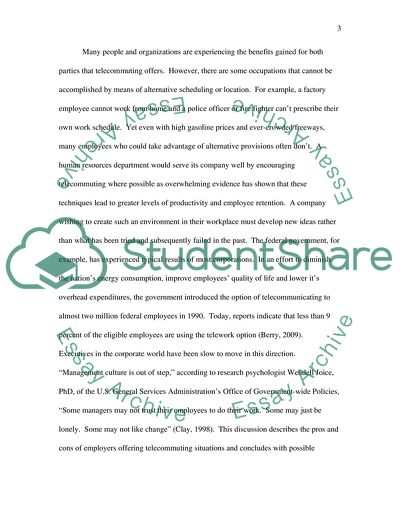Cite this document
(Benefits and Drawbacks of Telecommuting Research Paper, n.d.)
Benefits and Drawbacks of Telecommuting Research Paper. Retrieved from https://studentshare.org/information-technology/1734722-telecommuting
Benefits and Drawbacks of Telecommuting Research Paper. Retrieved from https://studentshare.org/information-technology/1734722-telecommuting
(Benefits and Drawbacks of Telecommuting Research Paper)
Benefits and Drawbacks of Telecommuting Research Paper. https://studentshare.org/information-technology/1734722-telecommuting.
Benefits and Drawbacks of Telecommuting Research Paper. https://studentshare.org/information-technology/1734722-telecommuting.
“Benefits and Drawbacks of Telecommuting Research Paper”, n.d. https://studentshare.org/information-technology/1734722-telecommuting.


